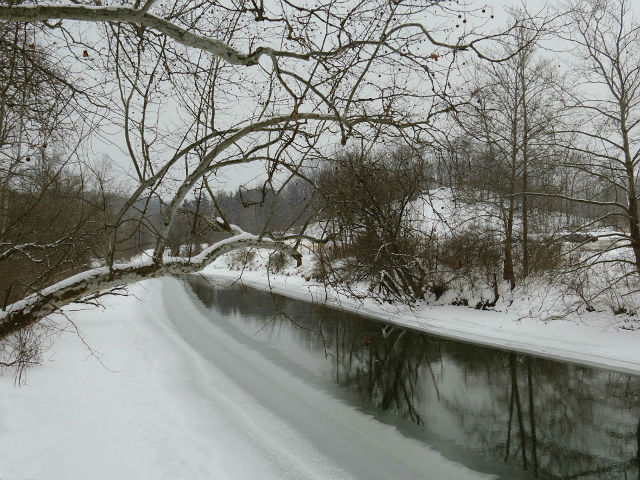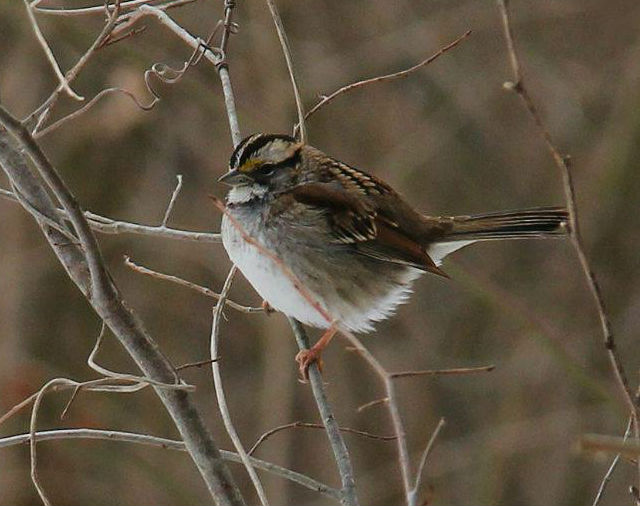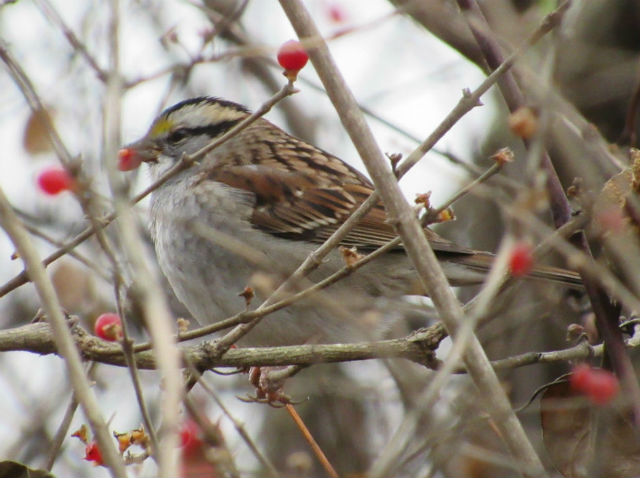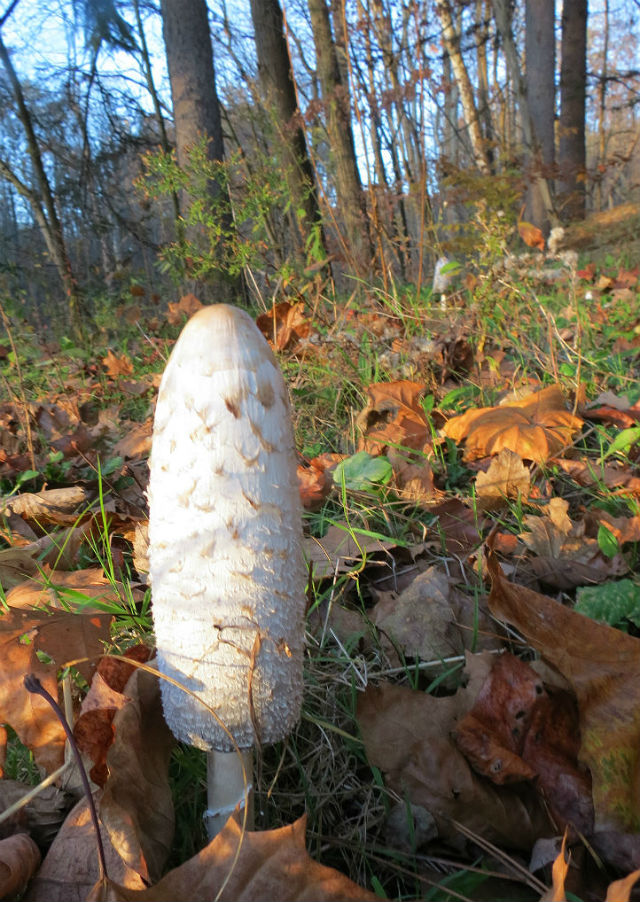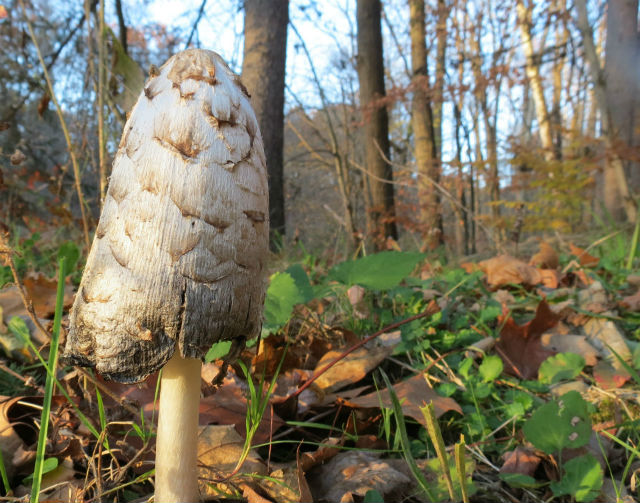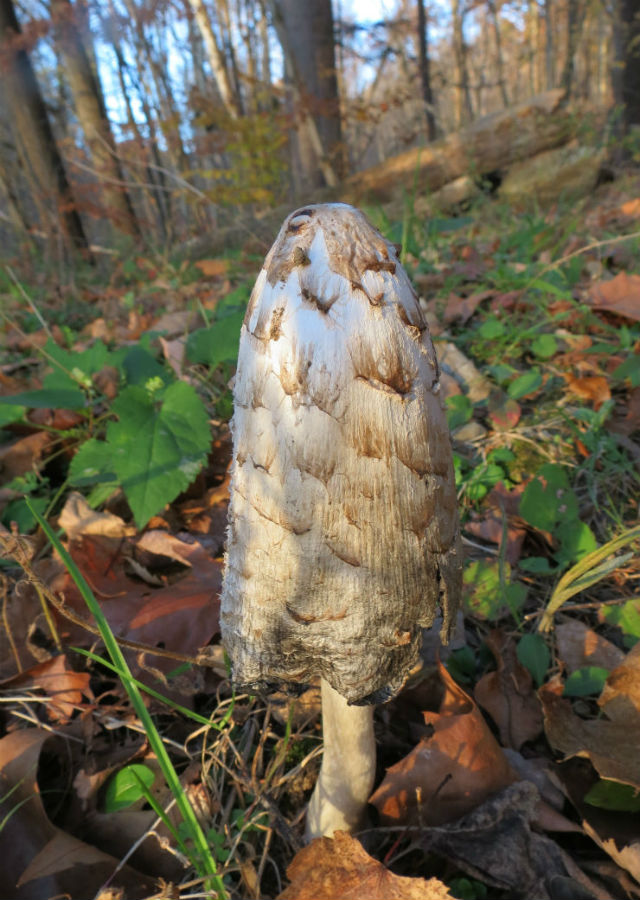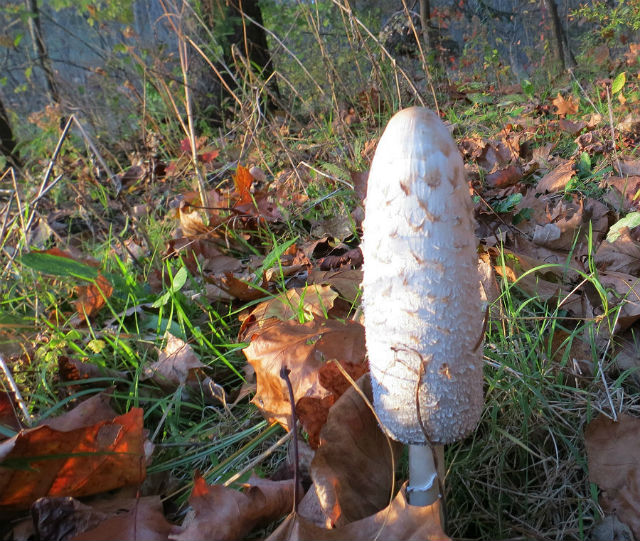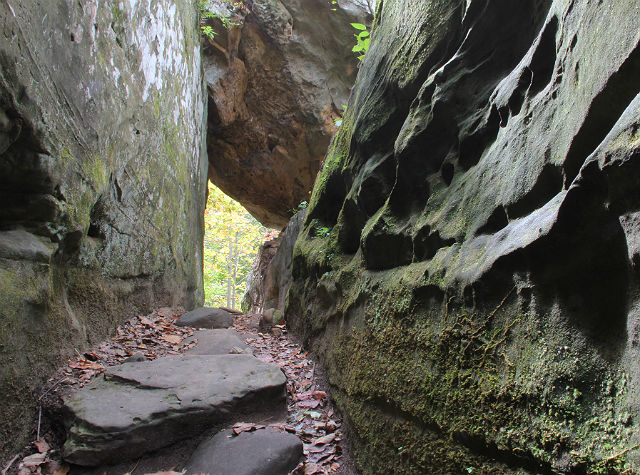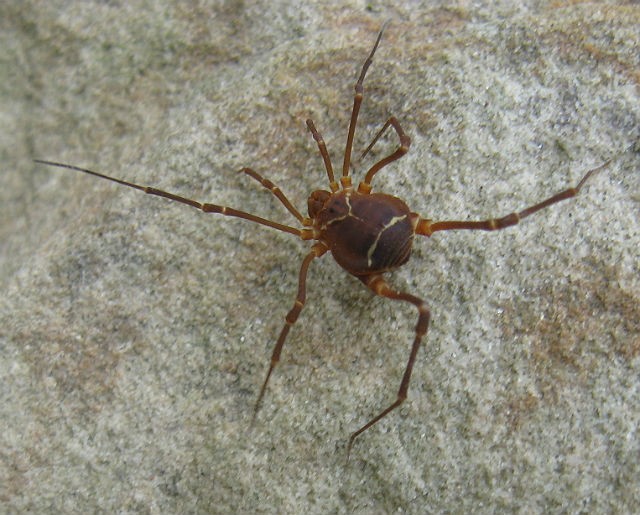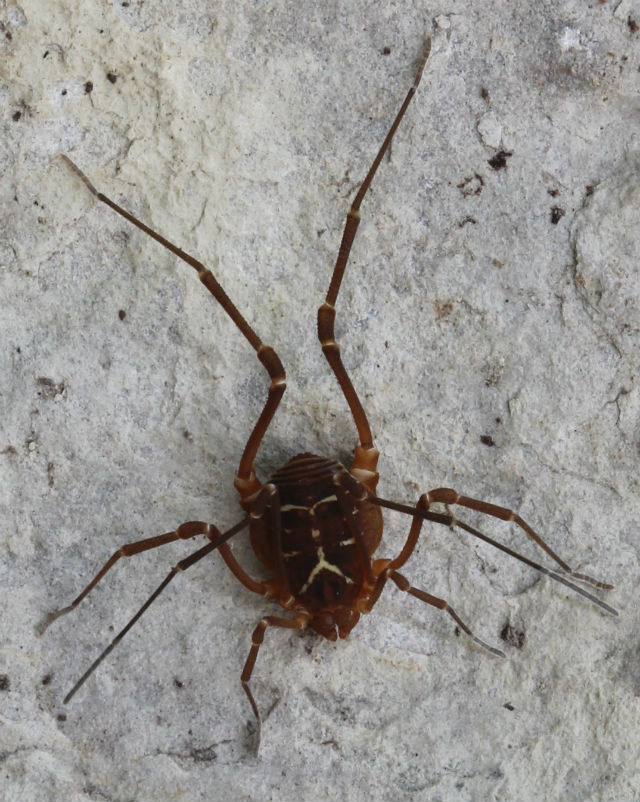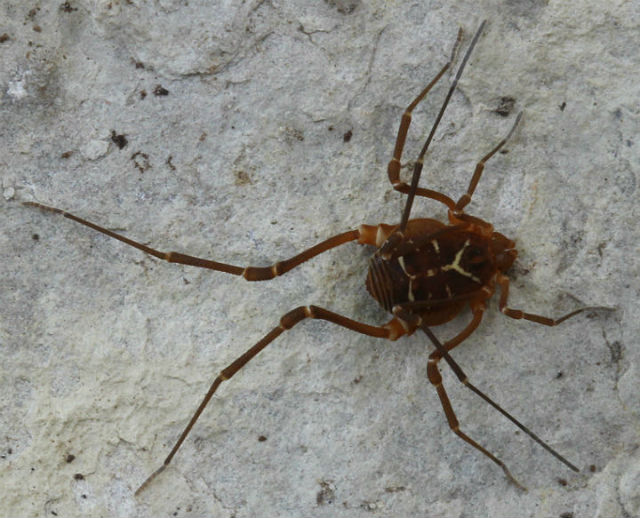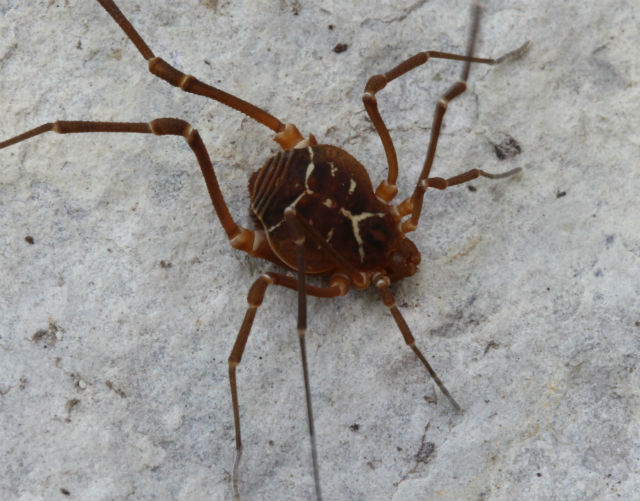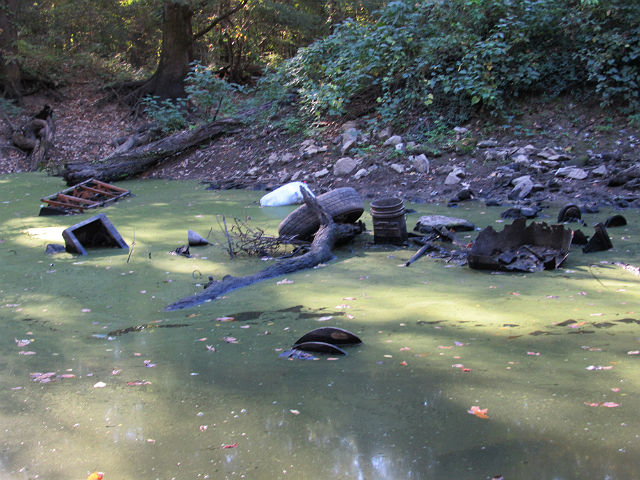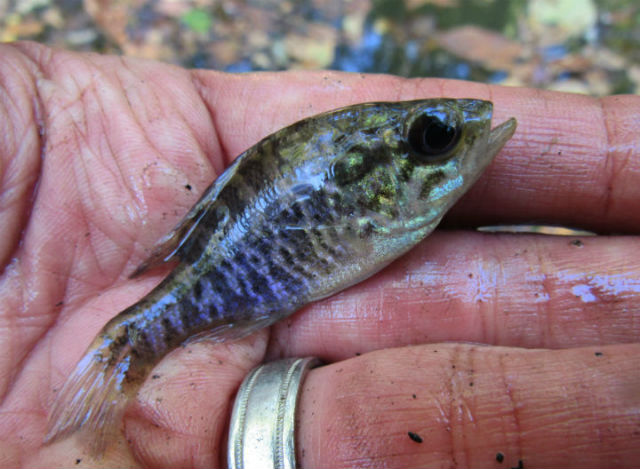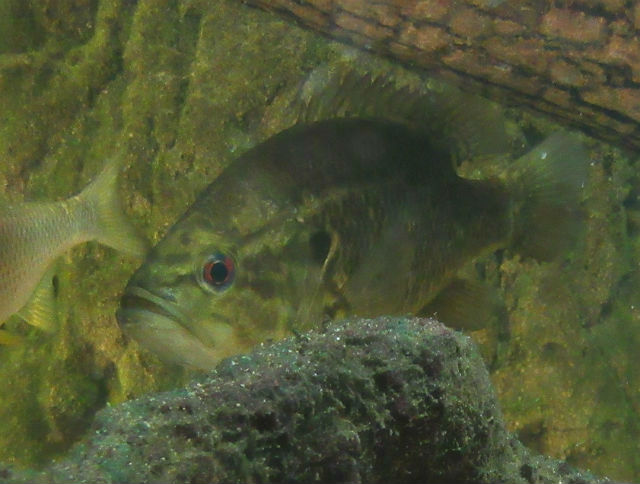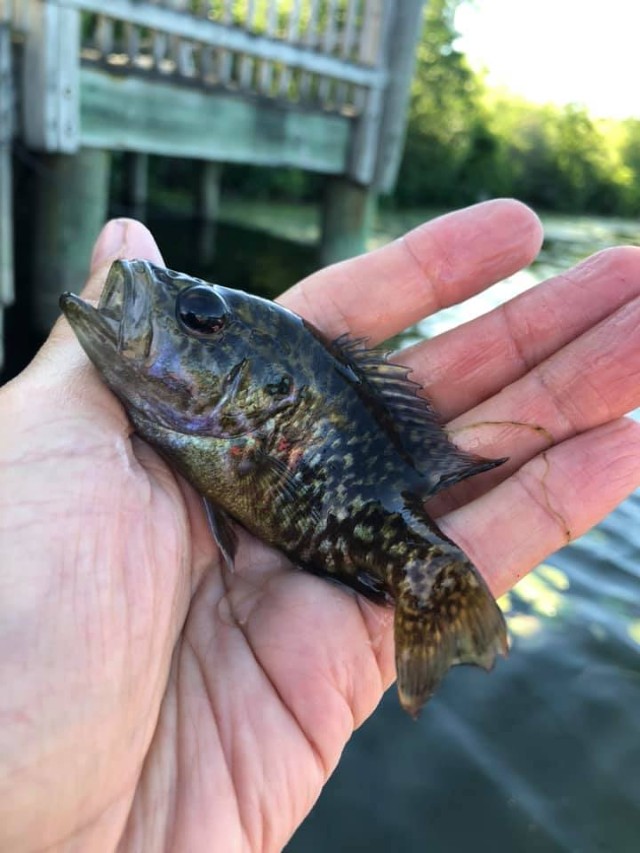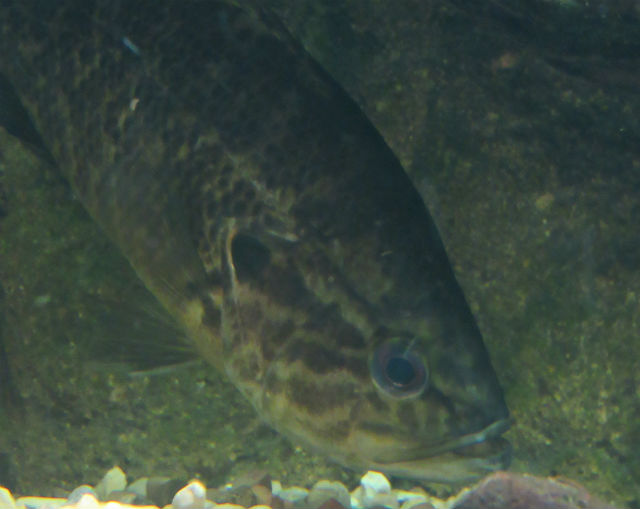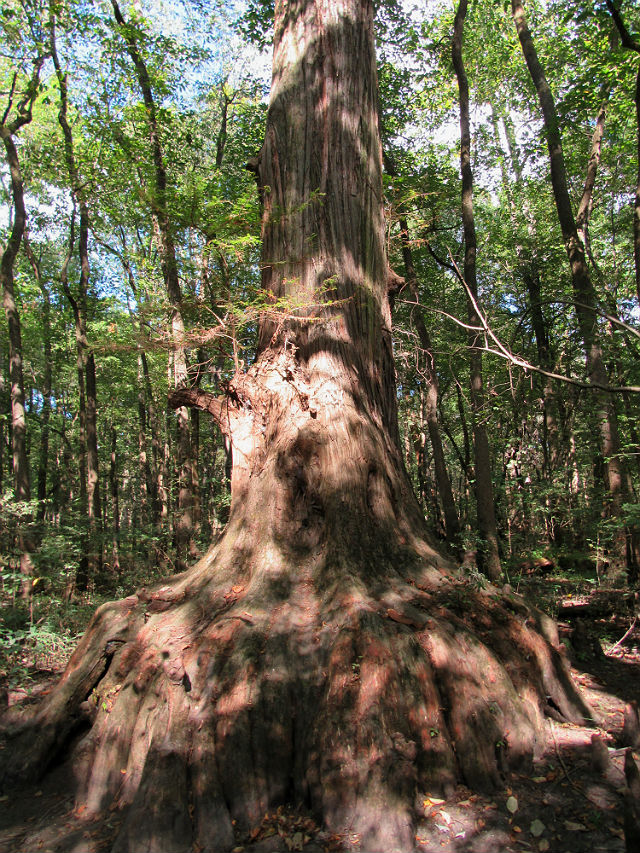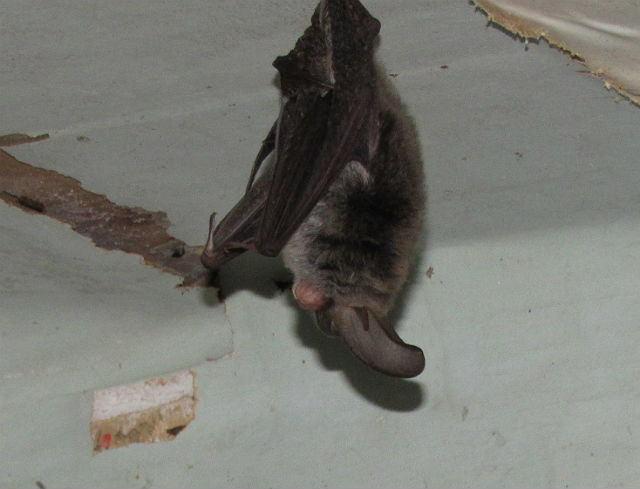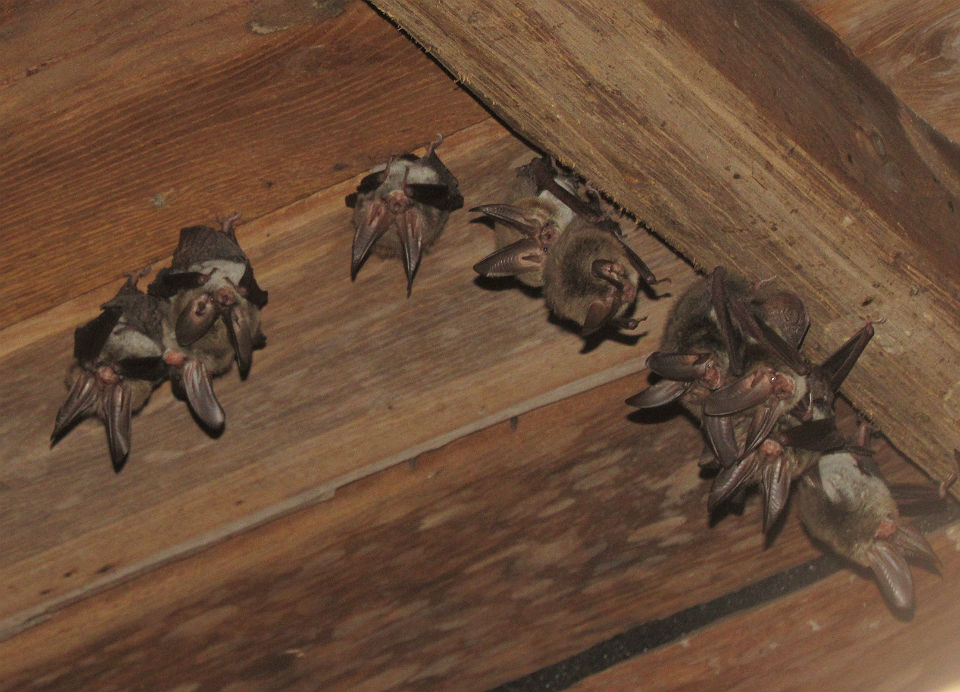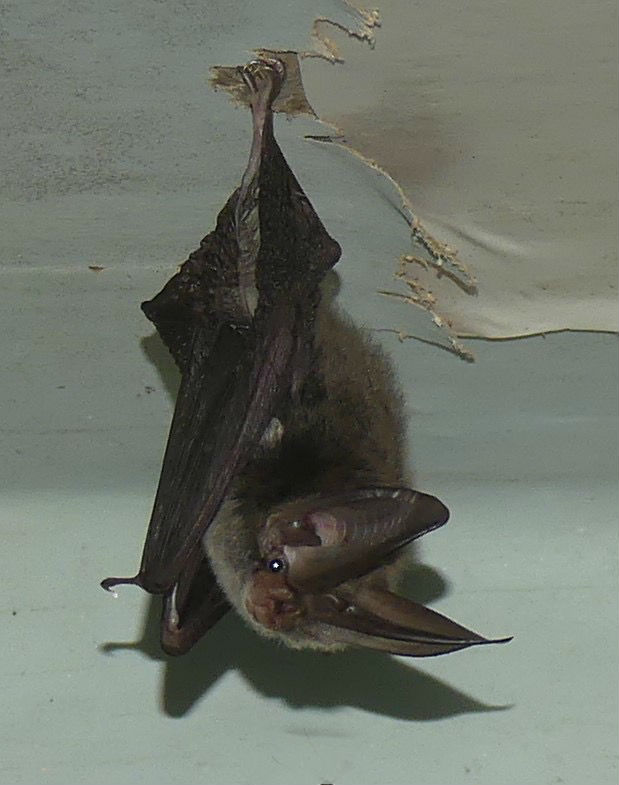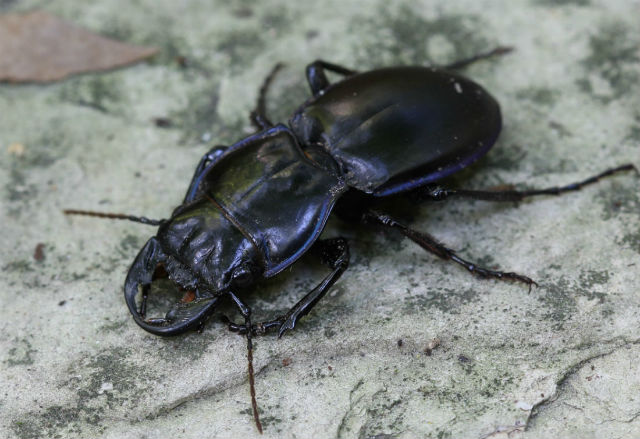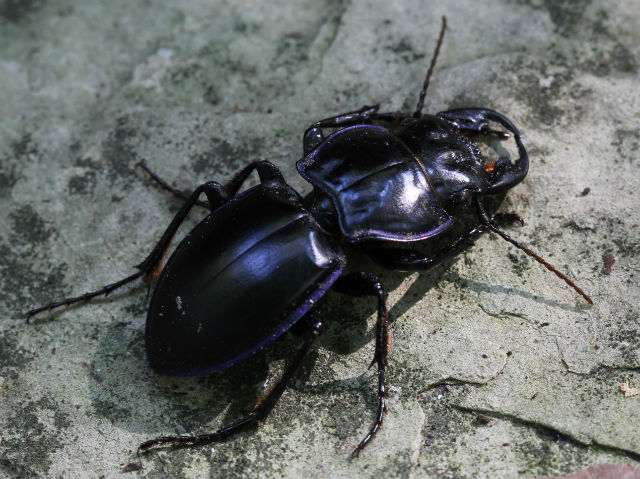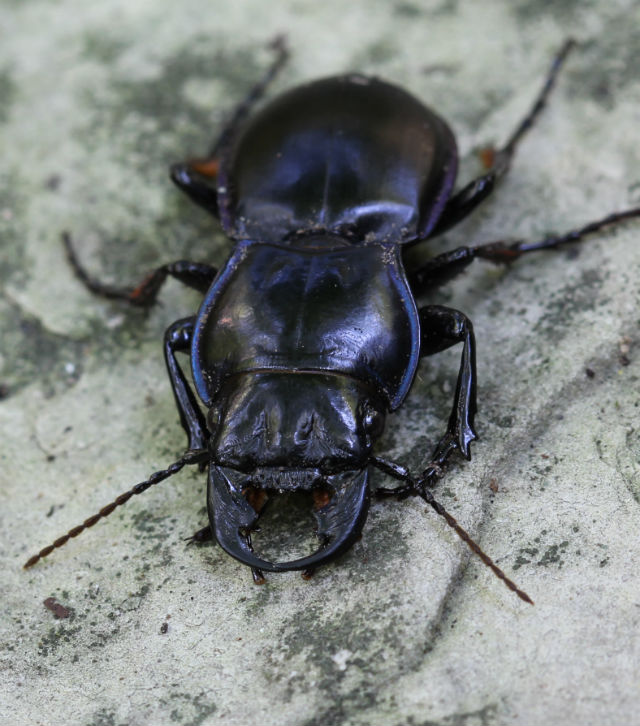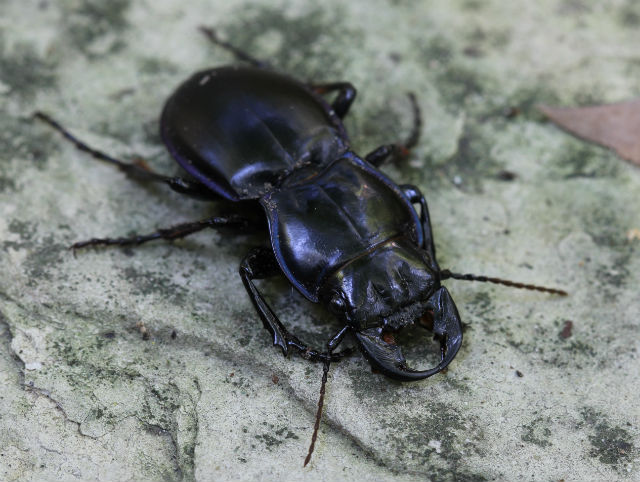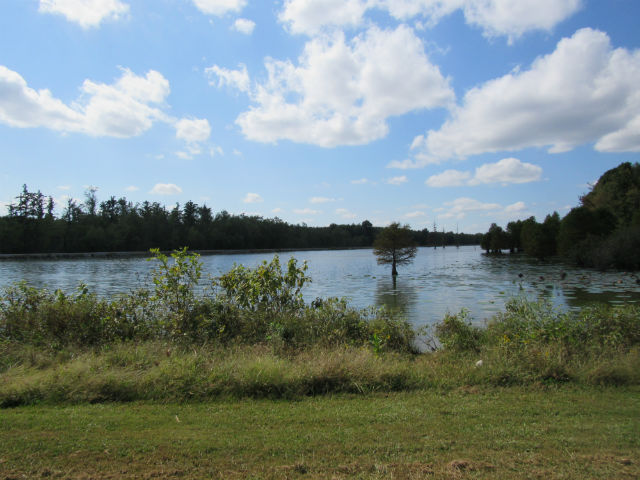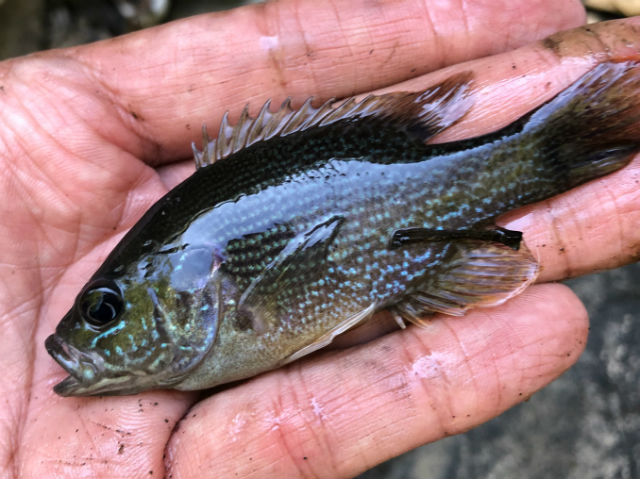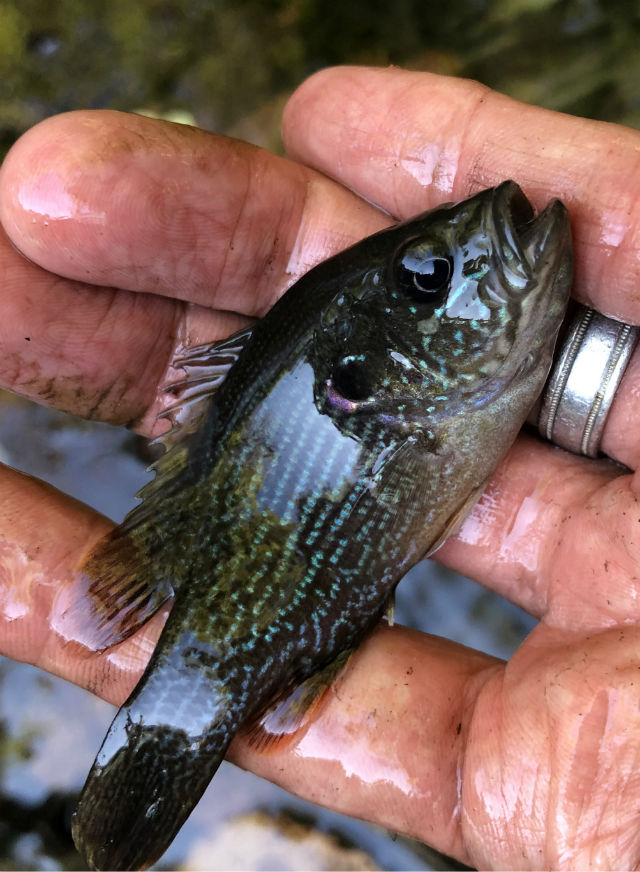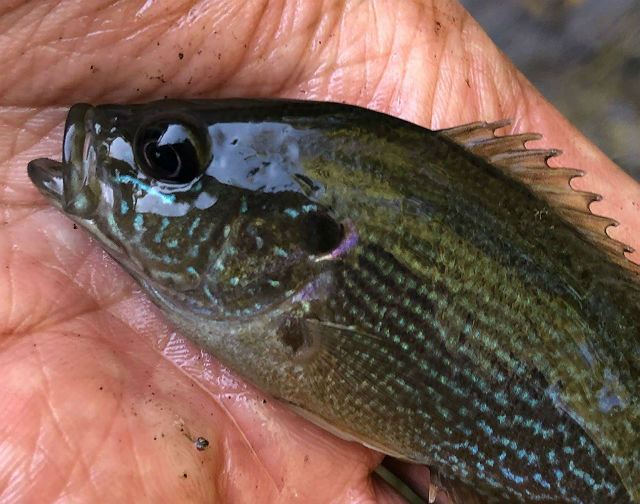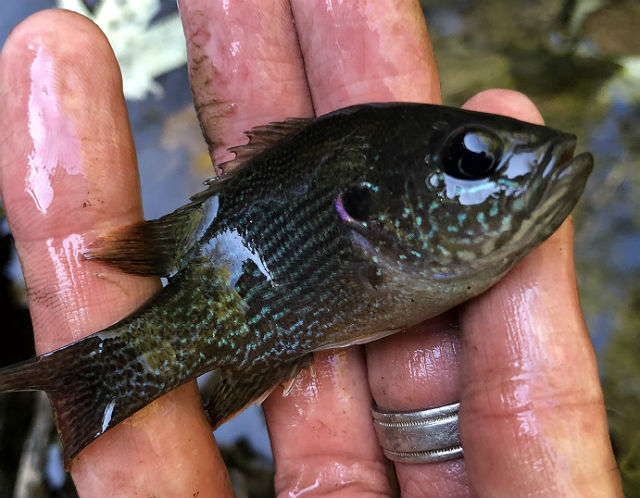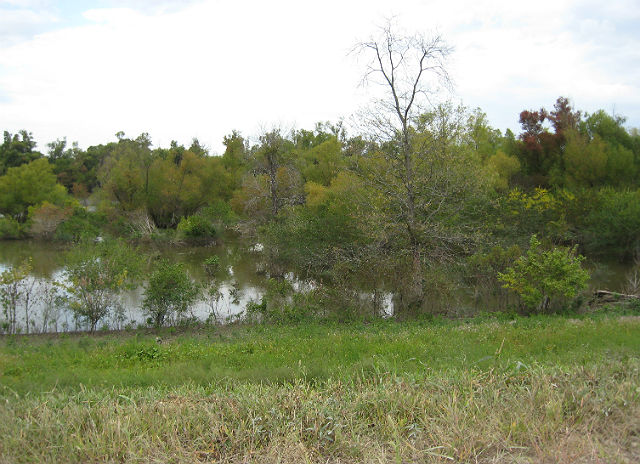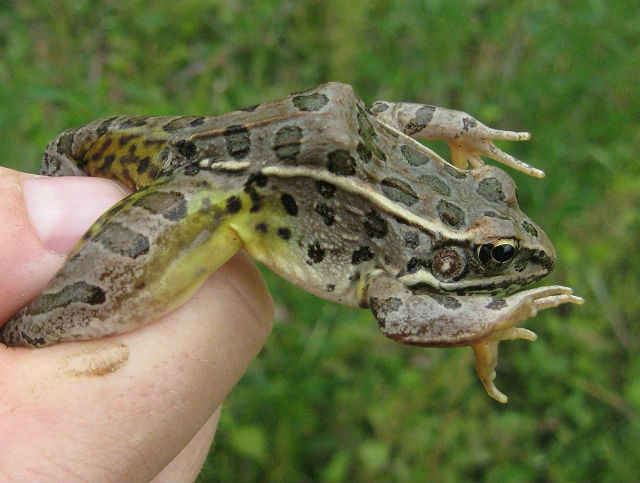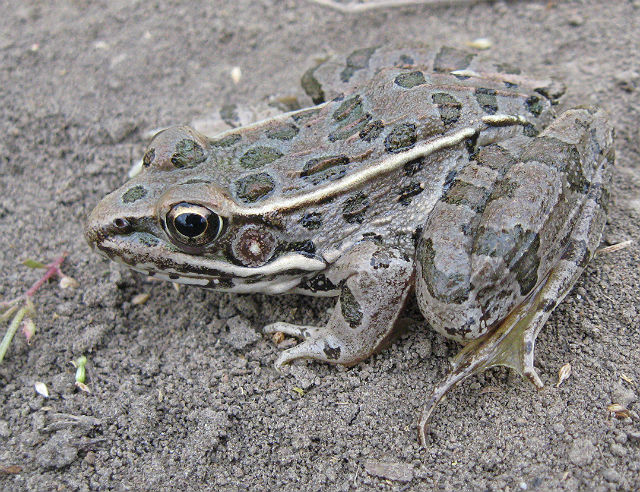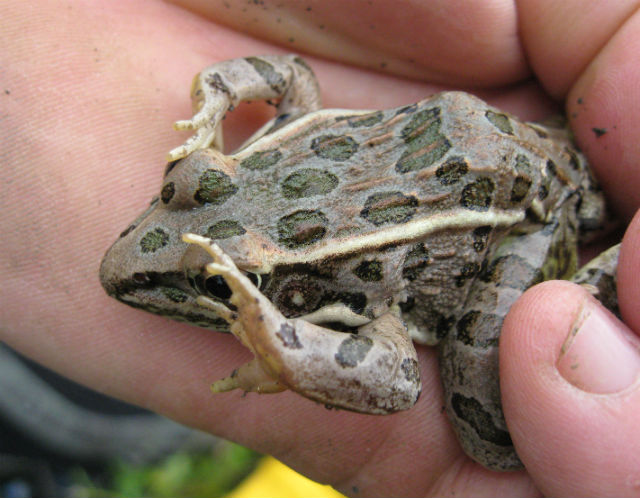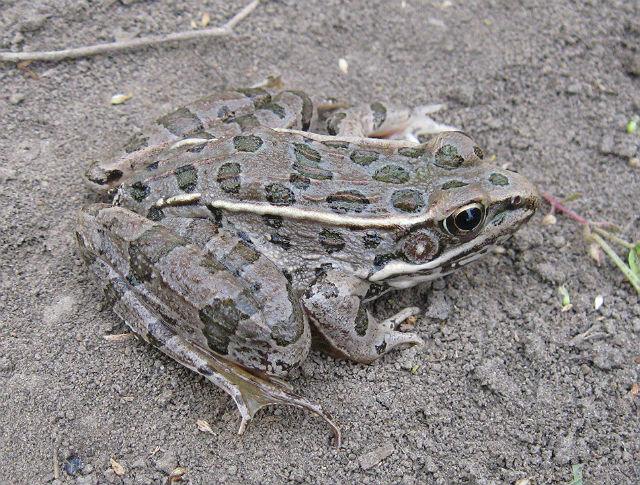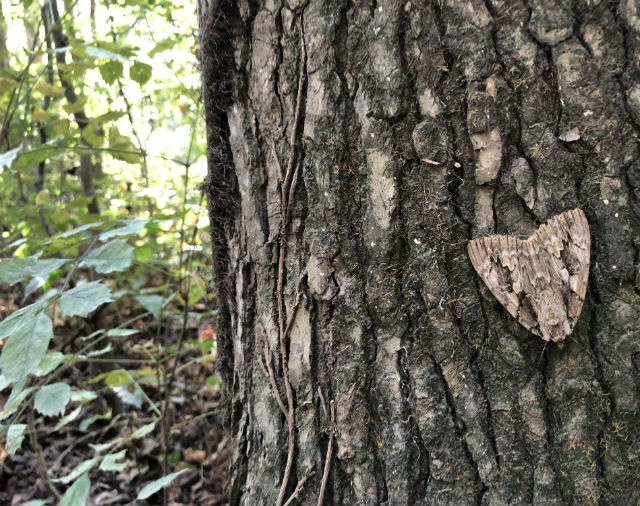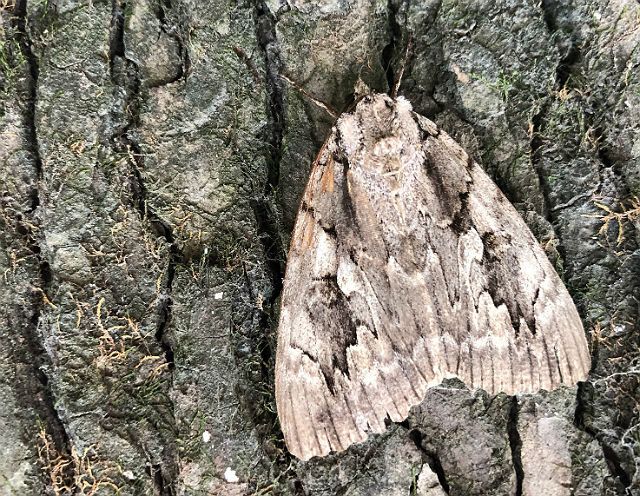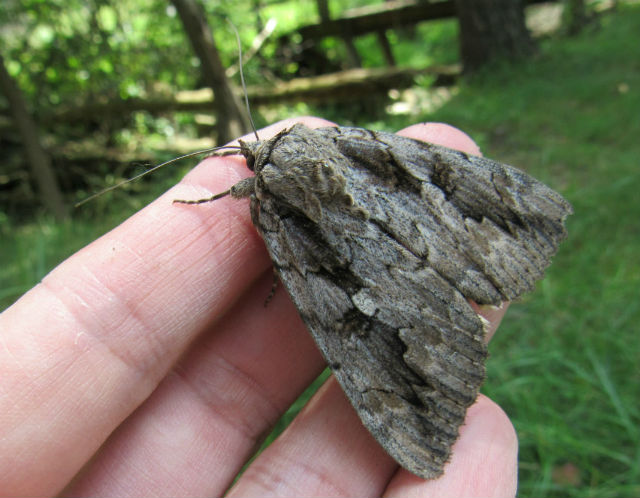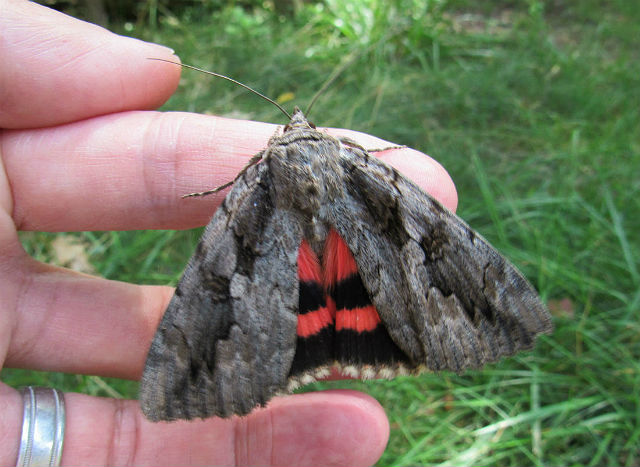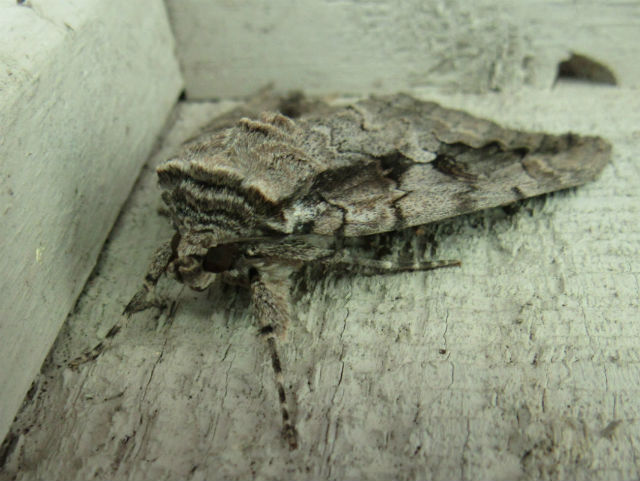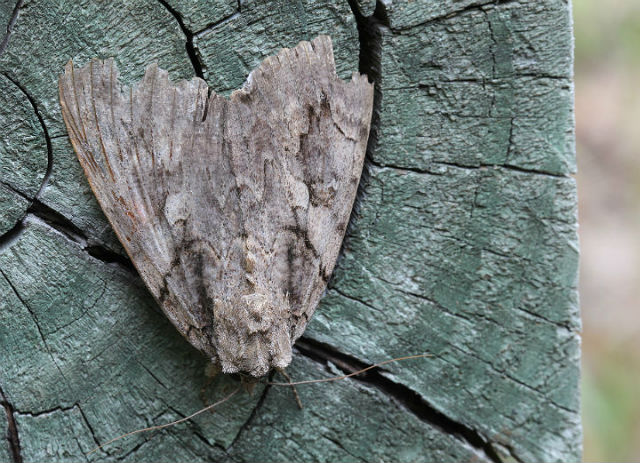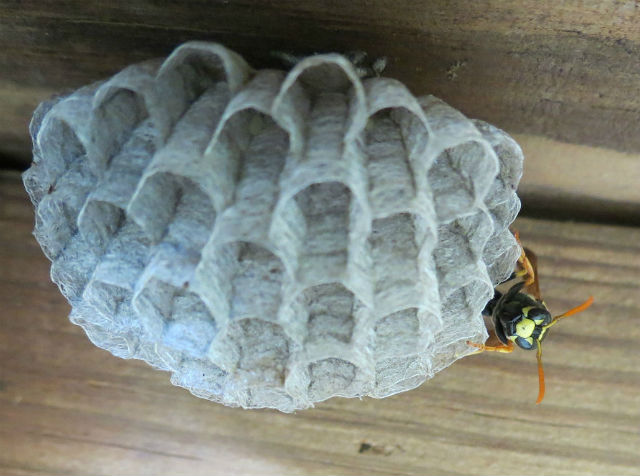
Each year I share my backyard deck during the warmer months with Paper Wasps. They have a fondness for the wooden rail overhand and sometimes two or three pairs of insects build nests there.
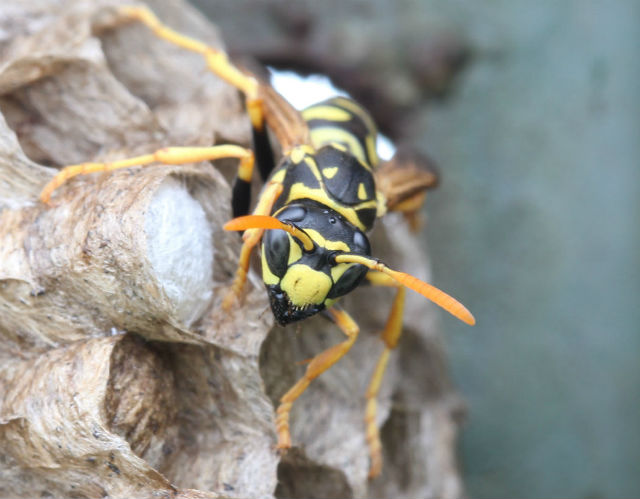
Paper Wasps are beneficial, since they prey on soft-bodied insects, especially caterpillars. They are not at all bothersome, being uninterested in people or in scavenging for food, unlike some of their yellowjacket cousins.
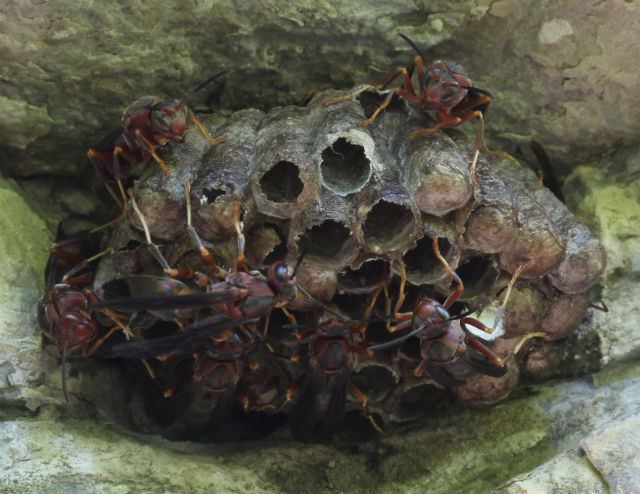
I have also encountered this insect when visiting southern Illinois and Maryland. They come in a variety of colors and patterns. The photo above shows a nest in the limestone bluffs that border Snake Road in Illinois and the picture below shows one starting to build its nest on the eaves of a shed in Maryland.
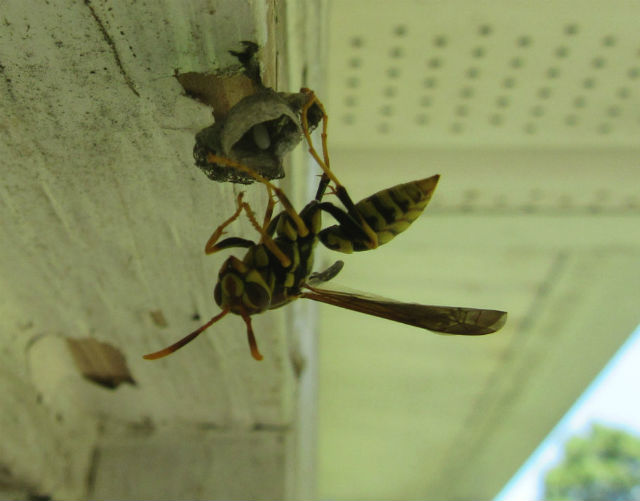
These insects make nests of cellulose fiber (paper) to brood their young. Paper wasp nests are typically small, attached by a stalk to an overhanging support, and have a single comb of cells.
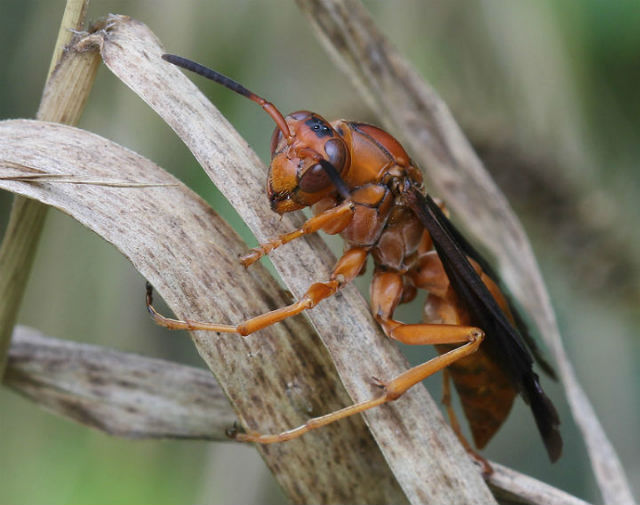
The larvae of wasps are grubs. To grow in the nest cell, the grub needs food – so the adult wasp paralyzes a caterpillar with its sting and stuffs it into the nest cell and lays an egg in the cell. The egg hatches and has ample food to grow to full grub size.
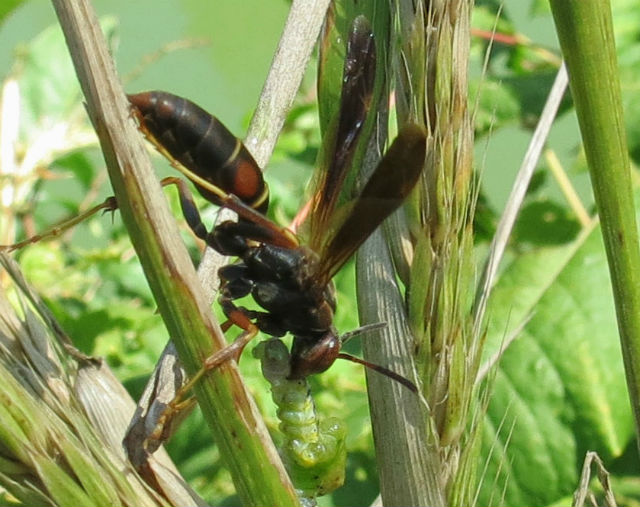
After it eats, the grub enters the pupal, or resting stage, wherein its body is rearranged, and it emerges as an adult winged wasp. In the picture above, an adult has caught a caterpillar to feed its offspring.
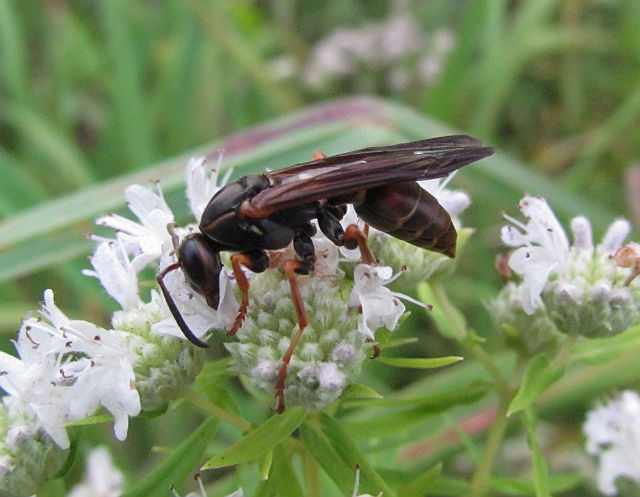
Adult Paper Wasps eat nectar. Dill and fennel are especially favored, but parsley, parsnip or carrot gone to seed are also food sources for these insects.
Third Eye Herp
E-mail

